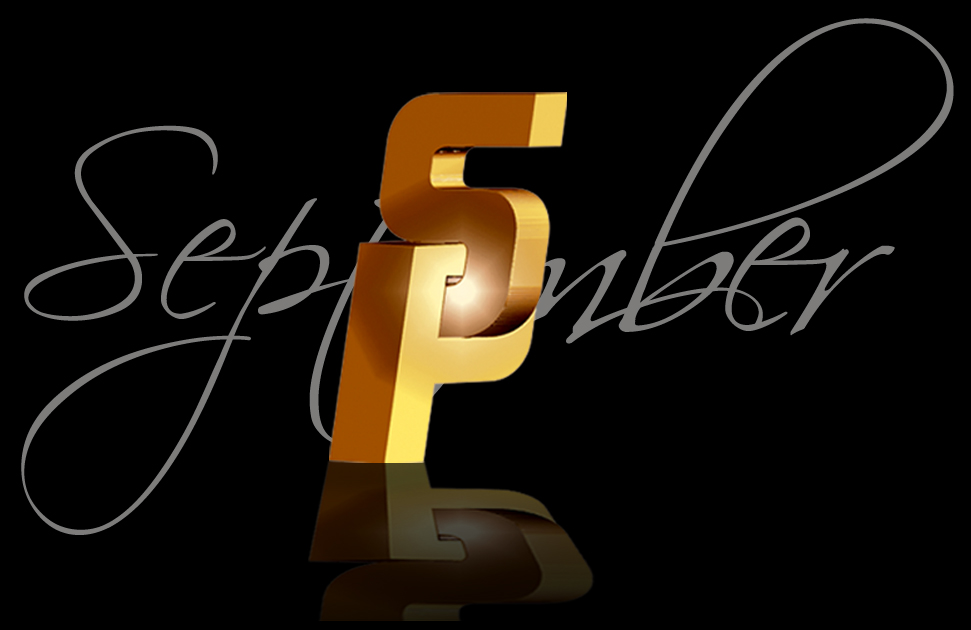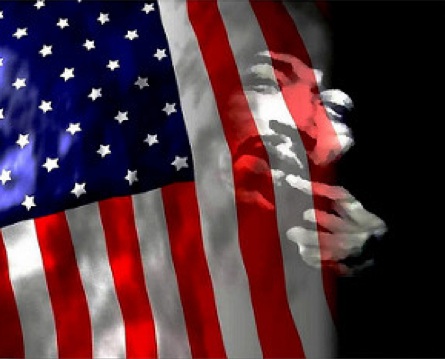Asked about the issue during a news conference at the G20 in Hangzhou, China yesterday, US President Barack Obama said NFL quarterback Colin Kaepernick, who refused to stand for the US national anthem, was exercising his constitutional right to make a point. Mr Obama said the player had raised legitimate issues.
Mr Kaepernick stirred controversy when he sat during the national anthem to protest against racial injustice. Some players have followed his example and sat or kneeled through the anthem.
President Obama said it was tough for those in the military to understand why Mr Kaepernick might snub the national anthem. But he said he did not doubt his sincerity to raise issues. “If nothing else, what he’s done is he’s generated more conversation around some topics that need to be talked about,” the president said. He added he would rather have young people engaged in the argument in a democratic process than “people who are just sitting on the sidelines and not paying attention at all”.
Although I am not an big Obama fan, I think he made a good point here. People are quick to judge people as being Anti-American because they challenge the status quo.
I was reminded of a time when Jimmy Hendrix played his version of the Nation anthem in closing the final show at Woodstock in August of 1969
Henry Diltz, a photographer and camera operator, had this perspective from the side of the stage, as he watched Jimi Hendrix perform the final set of the weekend. Hendrix’s manager, Michael Jeffery, had negotiated to have his client close the entire festival, since he was arguably the premier act in rock music at the time, and Hendrix was scheduled to do so on Sunday night. But the elements of peace, love, drugs, music and inclement weather weren’t compatible with the concept of tight scheduling, and Hendrix didn’t come on until roughly 8 a.m. on Monday.
By the time he took the stage, the festival’s crowd had thinned considerably. Estimates put attendance at the event’s peak at over a half-million, but there were only about 30,000 to 40,000 stalwarts remaining on Monday morning when Hendrix performed.
Hendrix and his new group tore off many favorites, including “Hear My Train A Comin’,” “Red House” and “Foxy Lady.” After performing “Voodoo Child,” Hendrix and the band launched into a brief bit of improvisation.
“You can leave if you want to. We’re just jammin’, that’s all,” he told the crowd. After another minute or so of free-form musical expression, Hendrix launched into his own interpretation of “The Star-Spangled Banner.”
“It was the most riveting moment,” Diltz remembered. “Just that single guitar, so piercing and so pure. At the time, there was just a knot of people on the hill. Those huge speakers bouncing sound off the hillsides, and an eerie, silent, pre-dawn, misty kind of silence. The notes reflected back again.”
“When he got on the stage, he didn’t seem all that fazed that he was looking out at such a small portion of the crowd,” said Lang. “When he played ‘The Star-Spangled Banner,’ it was shocking to everybody.”
The jarring, uplifting, haunting, energizing anthem was done at times in straight single notes, but the entire song is spiced with trademark Hendrix innovations, especially the use of amplifier feedback, sometimes to convey the sounds of war — bombs falling, jets overhead, perhaps even the cries of human anguish. At one point, Hendrix interrupts the anthem to play “Taps,” then resumes.
“I remember people as I looked out with one eye and I saw people grabbing their heads, so ecstatic, so stunned and moved, a lot of people holding their breath, including me.
“No one had ever heard that. It caught all of us by surprise.”
Some loved it, some didn’t
The reaction to the anthem was strong but mixed. Some thought it was brilliant, others considered it disrespectful.
These days, an unorthodox interpretation of “The Star-Spangled Banner” is usually met with a shrug, since Americans have seen all kinds. But when Hendrix performed at Woodstock in 1969, at the height of the Vietnam War, the idea of deviating from the traditional when delivering the national anthem was sure to raise eyebrows.
But it made an impact, to those who were there and to millions who weren’t. “It is significant in American discourse, whether cultural or political,” Marcus said. “I’ve listened to the performance many times. It’s so complex, with so many different layers of disgust and celebration and alienation and engagement. There’s really no way to just characterize it as a protest against the war. It’s certainly that. But he’s also saying, ‘I’m a citizen of this country, too.’”
Hendrix was interviewed after Woodstock by Dick Cavett, “I’m American, so I played it, don’t know, man. All I did was play it. I’m American, so I played it. I used to sing it in school. They made me sing it in school, so it was a flashback.” Cavett interrupted the interview to point out to the audience, “This man was in the 101st Airborne, so when you send your nasty letters in………” Cavett then explained to Hendrix that whenever someone plays an “unorthodox” version of the anthem, “You immediately get a guaranteed percentage of hate mail.”
Hendrix then respectfully disagreed with Cavett’s description. “I didn’t think it was unorthodox,” he said. “I thought it was beautiful.”
Lang, who today is involved in concert promotion and artist management, remembers Hendrix’s anthem in the context of the times. “Because he interpreted ‘The Star-Spangled Banner’ it gave it a meaning that was closer to where we were all coming from,” Lang said. “There wasn’t anti-American sentiment. It was anti-war sentiment. He brought it home to us in a way nobody ever had.”

